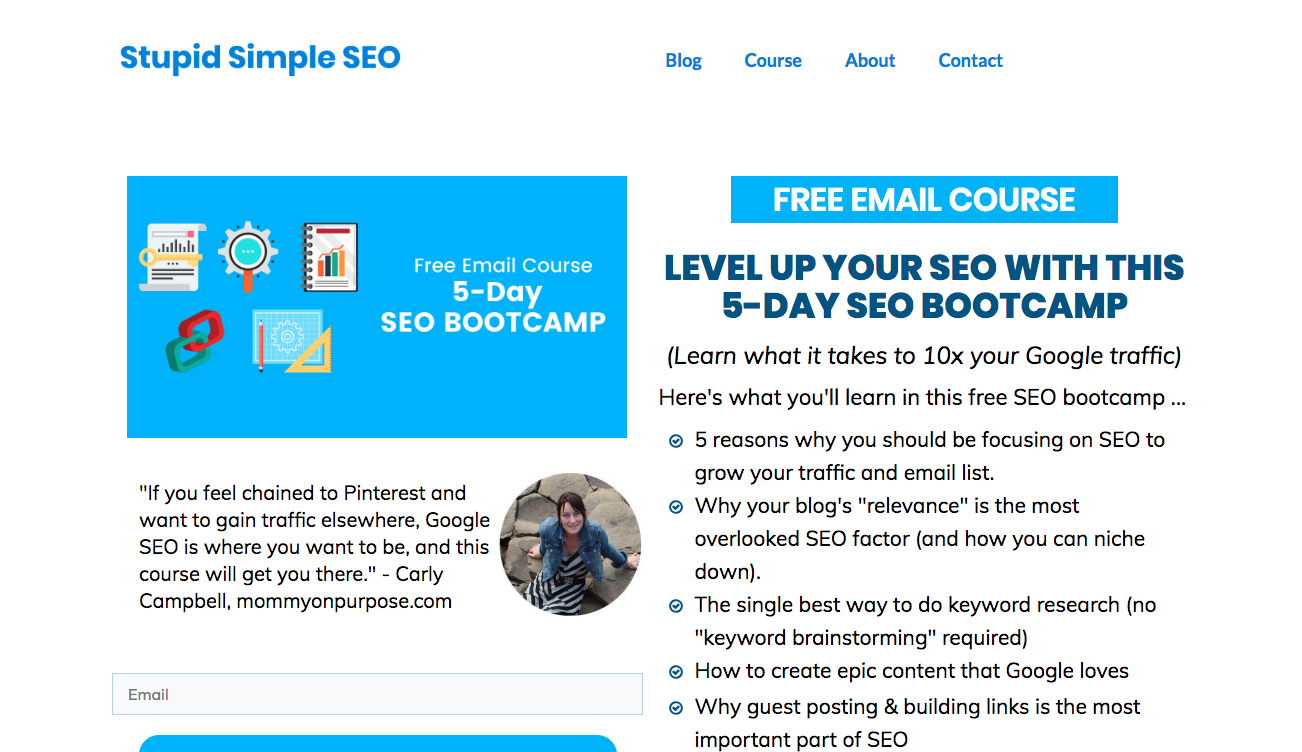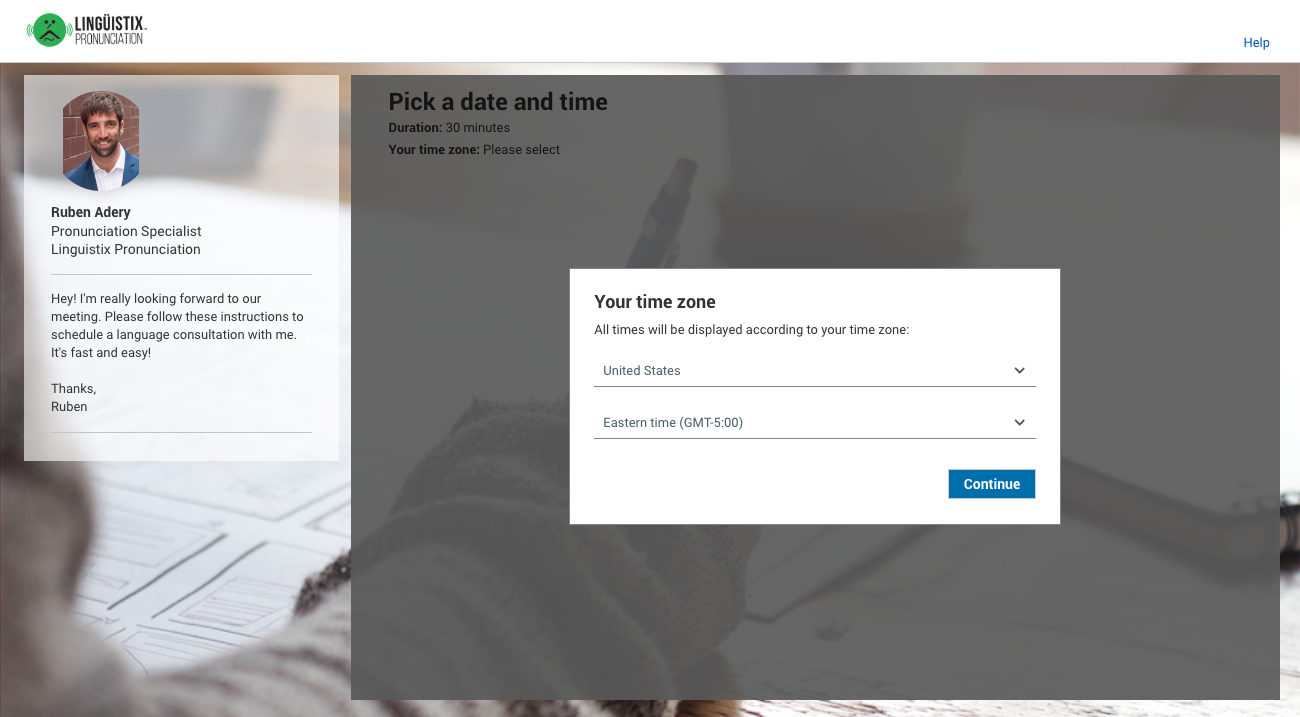
How to make big money from tiny lists
When we talk to entrepreneurs about launching their first product, there’s one objection we can count on hearing every time:

We know it’s coming. But even WE were surprised when we sent out a recent survey about the relationship between list size and launch success.
We asked readers who haven’t launched a product how many subscribers they thought a list needed in order to have a successful launch:
- More than half of respondents said 500 subscribers or more.
- A few even pegged the number way higher — at 5,000 subscribers or above.
Then, we asked people who had run a launch how many people they had on their list the first time they launched:
- 64% of respondents said their list had less than 500 people.
- 34% said they launched with 50 subscribers or below.
Are you seeing what we’re seeing?
There’s a pretty clear disparity there between how many subscribers people think you need to successfully launch a product — and how many you actually need.
Why is that?
The launch doctors here at GrowthLab have a diagnosis. What it comes down to: fear.
The tyranny of the list: Why we’re afraid of launching with small lists
When you’re just starting out as an entrepreneur, your #1 enemy is the weight of your own expectations.
You have this vision in your head of what a product launch is “supposed” to look like. You can be so afraid that your real launch won’t live up to that vision that you let that fear stop you from doing anything at all.
Our CEO, Ramit Sethi, puts it this way: “The uncomfortable truth is that most people would rather dream about running a $5 million business than actually run a $50,000 business (and grow it from there).”
In other words: Assuming you need a Goliath-sized list before you run a successful product launch is a textbook flippant belief. It’s a way of letting ourselves off the hook.
Here are four stories from entrepreneurs who completely blow the doors off the myth that giant lists are the only way to run successful launches.
The things that actually matter, according to the people who have been there: Find the right audience. Make it personal. Don’t be afraid to try.
$15K from 360 subscribers: “My list was engaged and eager to learn”
For Stupid Simple SEO founder Mike Pearson, the $15K success of his first launch is no mystery. He knows exactly where it came from.
“It was a very targeted and engaged list: bloggers who were very familiar with driving traffic with Pinterest, but who were new to SEO,” he explains. “My list was engaged and really eager to learn.”
They may have been engaged, but Mike’s list size wasn’t huge. The first time he launched a product, his subscriber count was hovering around 360 people. But that didn’t matter.
Because the most important truth of launching to a small list — or launching at all, really: quality email subscribers beats quantity every time.

Watch: The 4 proven ways to get quality subscribers (and buyers!)
Here’s what quality subscribers look like:
- They reply to your emails and post comments on your YouTube videos.
- They ask questions and give feedback.
- They genuinely want a solution to the problem that you’re helping them solve.
You might know them by another name: BUYERS.
The key to acquiring these “buyers” is figuring out where those engaged, motivated people are going for answers now — and finding a way to be there, too.
At GrowthLab, we call these fishing holes.
In Mike’s case, his fishing holes were Facebook groups for bloggers — people who knew they needed SEO, but weren’t really sure where to start. Mike joined a few groups, started answering other members’ questions. And before long, members of those groups started trickling over to the Stupid Simple website to hear more of what Mike had to say.
Something else Mike’s story can teach us: Just because your list is small now… doesn’t mean it will always be.
In the six months after his first beta launch, Mike’s list grew by 10X. He’s now on a schedule of running launches every three months. His latest launch netted him more than $30,000 in revenue in six days.
“The funny thing is, my business hasn’t changed that much,” he says. “I’m still active in those blogging Facebook groups. Most of my new subscribers still come from there.”
$10,000 from 100 subscribers: “I don’t have to take clients I don’t enjoy working with”
Jamie Koonce cleared $10K in revenue with the first launch of her business, Gut Hacking School — from a teeny-tiny list of just 100 subscribers.
The result completely blew away all the invisible scripts she’d carried around in her head about what it takes to be successful as an entrepreneur.
“You don’t have to have a sales and marketing background, a big advertising budget, a fancy website, social media fame, or a big list in order to be successful online,” she says.
“If you ask probing questions to find out what the exact problem the people on your list have (that they’re aware of and want to fix ASAP), and then develop a product that helps them solve that problem, you CAN succeed!”
Best of all: the revenue coming in from course launches means that Jamie has been able to change the way she spends her time.
“I no longer have to take 1-on-1 clients I don’t enjoy working with,” she says. “If I can do it, anyone can!”
$1,700 from 70 subscribers: Treat your subscribers to a concierge experience
Linguistix Pro founder Ruben Adery didn’t even send his first course to his entire list the first time he launched — just to the subset he knew would be interested.
“I had about 70 subscribers who were interested in Hebrew pronunciation in particular. I sent them all an email introducing the course, explaining how it wasn’t yet available to the public and that if they wanted a special subscriber 25% off coupon code to reply and I would give it to them.”
10 of Ruben’s 70 subscribers emailed back saying they wanted the code, and 8 had bought the course by the end of the week.
Looking back, Ruben says the secret is all in the personalization.

“Since it’s a smaller list, it’s worth taking the time to personalize the message, even if it’s just a line or two at the beginning or end,” he says. “People can tell whether it’s directed at a large group, or to them.”
$20,800 from 450 subscribers: Meet your own expectations — and keep on going
Allie Duzett is no stranger to launching to lists that are 500 people or fewer. In fact, she’s done it multiple times.
The first time she launched a product — a $65 course on emotional healing — her list numbered around 100 people. By launch end, she sold 10 spots for the course — a grand total of $650.
“I thought I was rich,” she remembers. “I was amazed.”
That first launch gave Allie something that can be even more important than money: it gave her the courage to try again. “I realized I had a skill people would pay to learn!” she says.
Allie’s most recent launch was of a $400 product, which she launched to a list of about 450. She says her expectations with this launch were modest. “I didn’t know how many people would sign up,” she says. “I thought I’d be very lucky if I got 25 students.”
In the end, Allie exceeded her 25-student goal, closing the launch with 52 sales and a grand total of $20,800 in revenue.
Allie’s story is proof of how even you may be surprised at how much value your small, engaged audience finds in your material. But if you never launch, you’ll never know.
“I say, just do it,” says Allie. “The worst that can happen is not selling very much. But you never know until you try.”
List size isn’t everything
List size is one lever that influences launch success, but it’s not the only lever — or even the most important one. You can run successful four- and even five-figure launches with email lists under 500 subscribers.
Just remember these key principles:
Find the right audience. A list of 10,000 unengaged, uninterested “readers” can’t hold a candle to a list of 500 loyal followers who genuinely care about you and what you have to say.
Treat your list like family. The very first people who support you are your business’s biggest heroes — so treat them that way. Reach out to them directly. Ask for their input. Make them feel like they’re helping to build this thing right alongside you — because they are.
Don’t be afraid to try. There are always a million reasons not to launch your product. There’s exactly one reason to launch: because launching might work.
If you’ve done everything we’ve talked about so far — if you’ve found an enthusiastic, highly engaged community, created a product that’s directly tailored to their needs, and kept close to them every step of the way — what are you waiting for? The results might surprise you.
Now we want to hear from you. Share your story below:
Have you launched a product to a relatively small list? What did you learn?
If you haven’t launched yet — what’s holding you back? And what steps are you taking to get yourself launch-ready?



